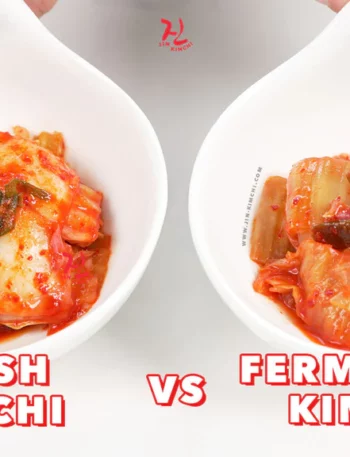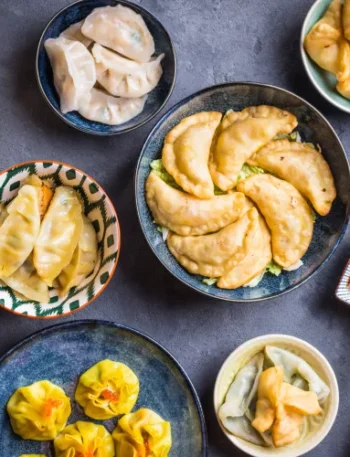
Have you ever wondered why some people adore the tangy taste of pickles while others can’t stand them? Or why you might struggle with bitter greens while your friend devours them with glee? Our taste preferences are as unique as fingerprints, shaped by biology, culture, and experiences.
The good news? You don’t have to be stuck disliking certain foods forever. Taste buds are adaptable, and with the right strategies, you can train them to enjoy almost any flavor.
The Science Behind Taste Buds
Taste buds are sensory organs on your tongue that detect flavors. The human tongue contains 2,000 to 8,000 taste buds, and each one is equipped with 50–100 taste receptor cells. These receptors send signals to the brain, creating the perception of flavor.
The Five Primary Tastes

Why Do We Dislike Certain Foods?
1. Biological Factors:
Our aversion to bitterness is evolutionary, as it often signaled toxins. Similarly, preferences for sweet and fatty foods are tied to their high caloric value, crucial for survival.
2. Cultural Influences:
Childhood exposure to certain cuisines shapes lifelong preferences. For example, a child raised in Japan might develop a taste for fermented foods, while one in the U.S. might prefer sugary cereals.
3. Psychological Factors:
Negative experiences, such as being forced to eat a disliked food, can create long-lasting aversions.
Is It Possible to Retrain Your Taste Buds?
Yes, you can! Taste buds regenerate every one to two weeks, making them highly adaptable. With consistent exposure, your brain can learn to reinterpret flavors, a process supported by neuroplasticity.
Strategies to Train Your Taste Buds
1. Gradual Exposure
Introduce small amounts of disliked foods into meals. Over time, your palate will become more accustomed to the flavor.
2. Pair with Favorite Flavors
Combine the disliked food with something you enjoy. For example:
- Brussels sprouts roasted with honey.
- Kale blended into a sweet smoothie.
3. Experiment with Cooking Methods
Cooking can dramatically alter a food’s flavor. For instance:

4. Add Spices and Seasoning
Use bold flavors like garlic, chili, or lemon to mask initial aversions.
5. Stay Consistent
It takes approximately 8–15 exposures to develop a liking for a new food.
Benefits of Broadening Your Palate

Key Takeaways
- Taste buds are adaptable, but change requires patience and consistency.
- Start small, pair with familiar flavors, and explore different cooking techniques.
- Repeated exposure can significantly increase your tolerance and enjoyment of disliked foods.
Training your taste buds isn’t just about expanding your menu — it’s about embracing new experiences, improving health, and connecting with the world around you. While the journey requires time and effort, the rewards are well worth it.
So, the next time you’re faced with a food you dislike, remember: Your palate is a work in progress, and every bite is a step towards culinary discovery.









